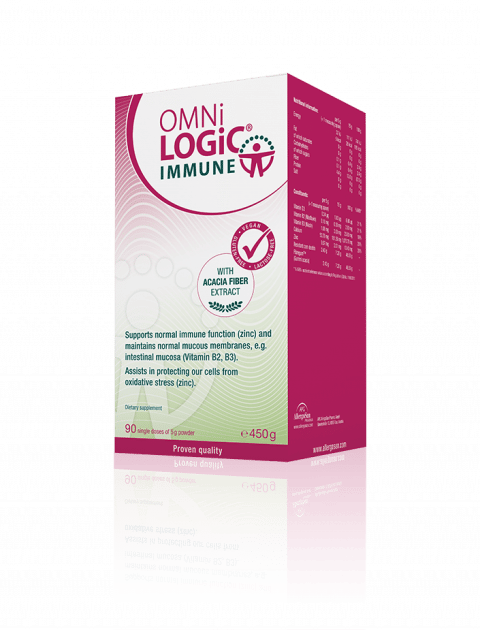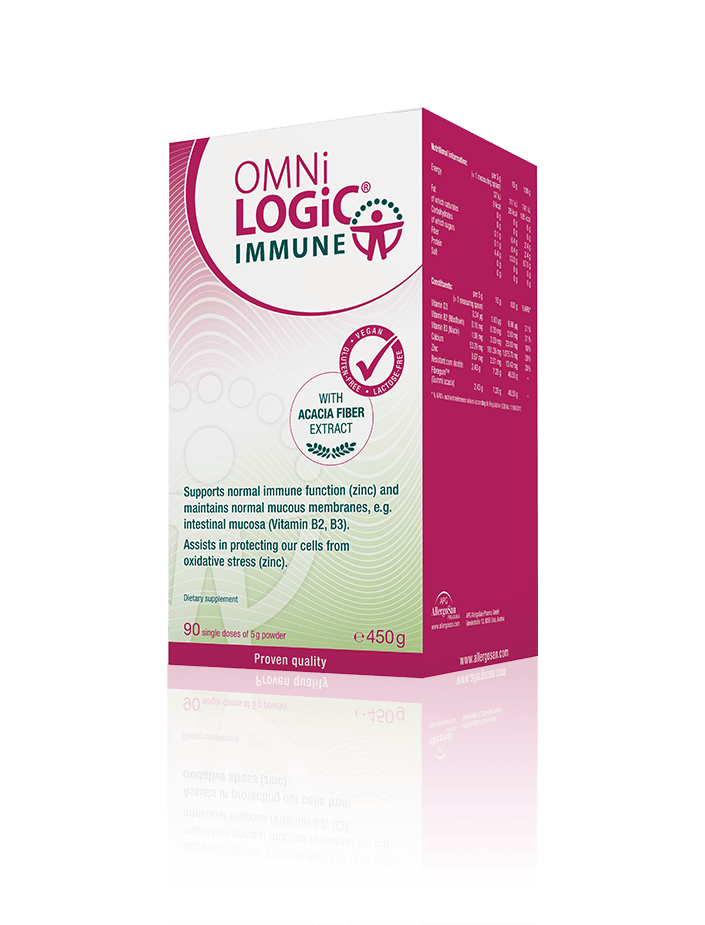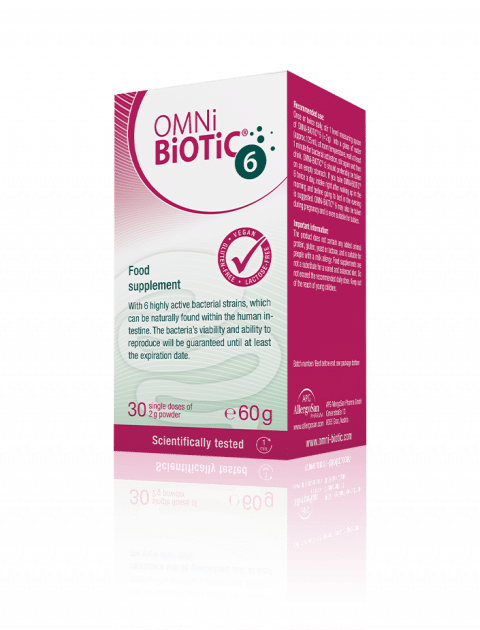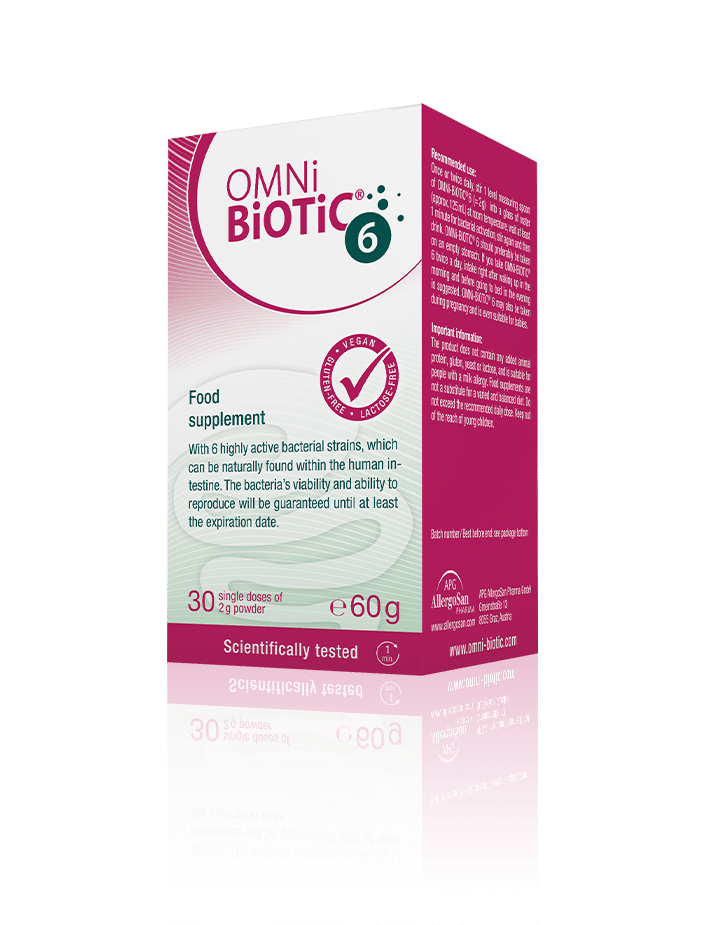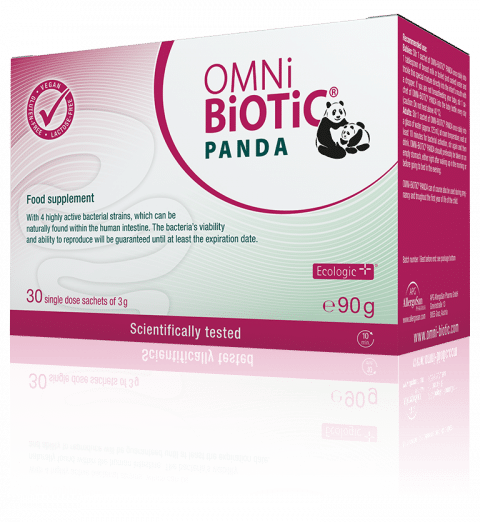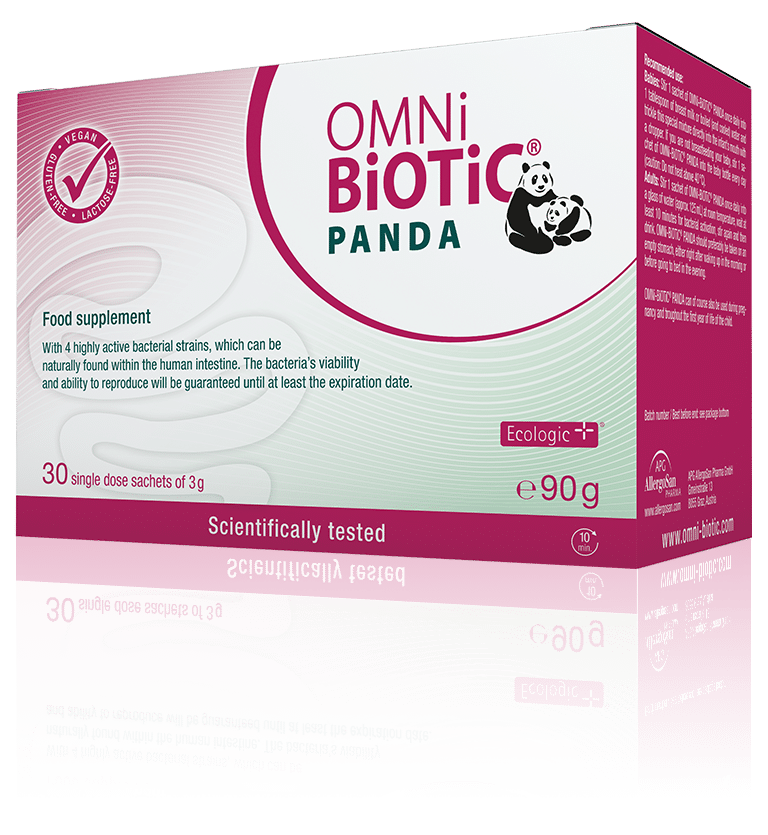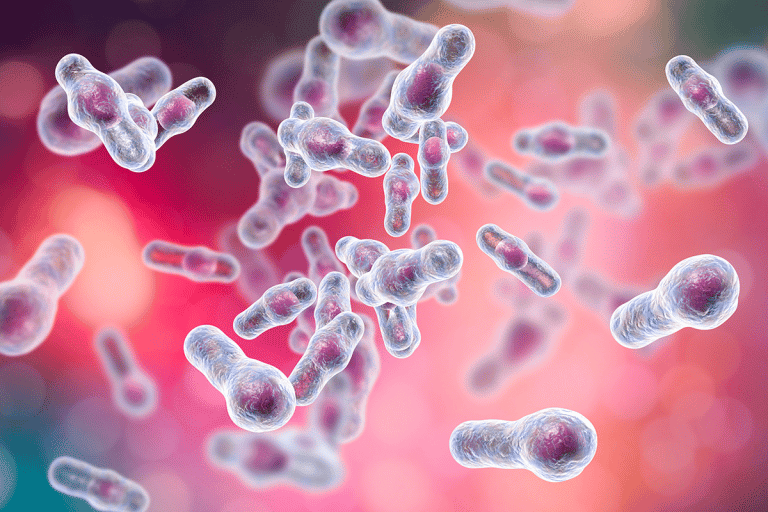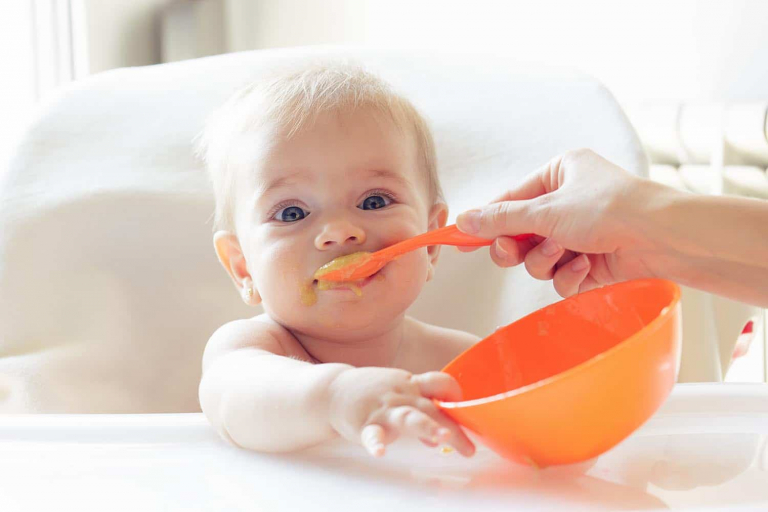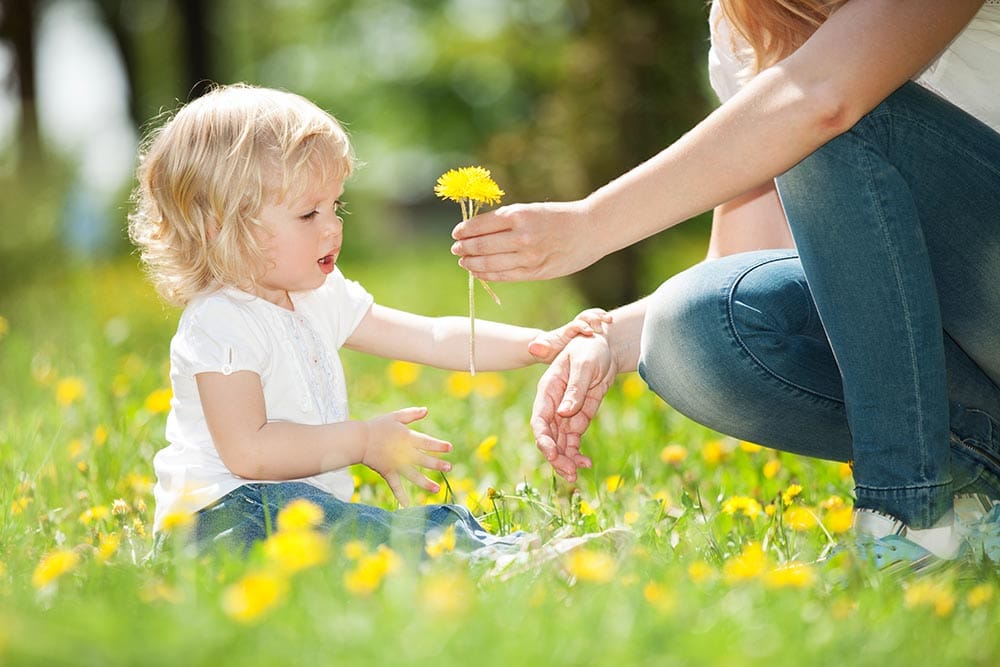
Allergic childhood
Healthy “dirt”
Besides a natural birth, the environment in which a child grows up in, may be of great significance to the child’s risk of contracting an allergy. Growing up in the countryside, ideally with close contact to livestock, may have a favourable effect. In contrast however, exaggerated hygiene, as is custom in many western countries, and (not) having experienced specific infections, can promote respiratory allergies. In turn, breast fed babies could be affected less by allergies than babies which were only breast fed for a short period or weren’t fed with breast milk at all. Also the mother’s behaviour during pregnancy has an influence on whether the child will later have unpleasant confrontations with flying pollen. Nicotine consumption or frequent stays in smoke-filled rooms, and even the mother’s diet can influence the child’s allergy risk. “A baby eats what its mother eats”, therefore a mother’s daily menu should be diverse and rich in vitamins and minerals.
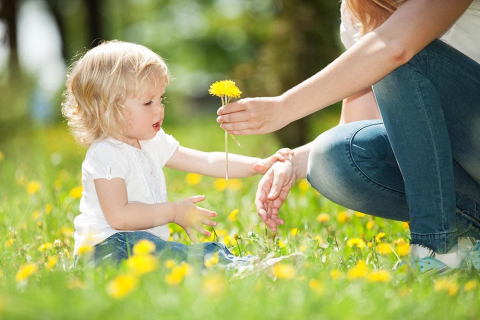
Reddened eyes and a runny nose
Especially young people with pollen allergies suffer from hay fever’s most unpleasant symptoms. Signs tend to begin in children at around 10 years of age. The allergic reaction to pollen affects the mucous membranes of the nose, throat and eyes. Symptoms include itchiness, swelling, watery eyes and a runny nose. The children are often times tired, feverish and feel drained. In any case, the cause is always a weakened and thus irritated immune system. However, since 80% of the body’s immune cells are located in the gut, a healthy gut is the best protection against hay fever & Co. The highest pollen counts are found between April and June, during the main flowering period. Sun, humidity, wind speed and precipitation influence the concentration of pollen in the air. A child’s immune system which has been sensitised to pollen, reacts when it comes into contact with it. Often times symptoms become apparent whilst the child is playing outside in the fresh air. Rapid relief from symptoms can be achieved though stabilisation of the gut. This can be accomplished by using key symbiotic bacteria of the intestinal flora, which can now be acquired at your pharmacy.

